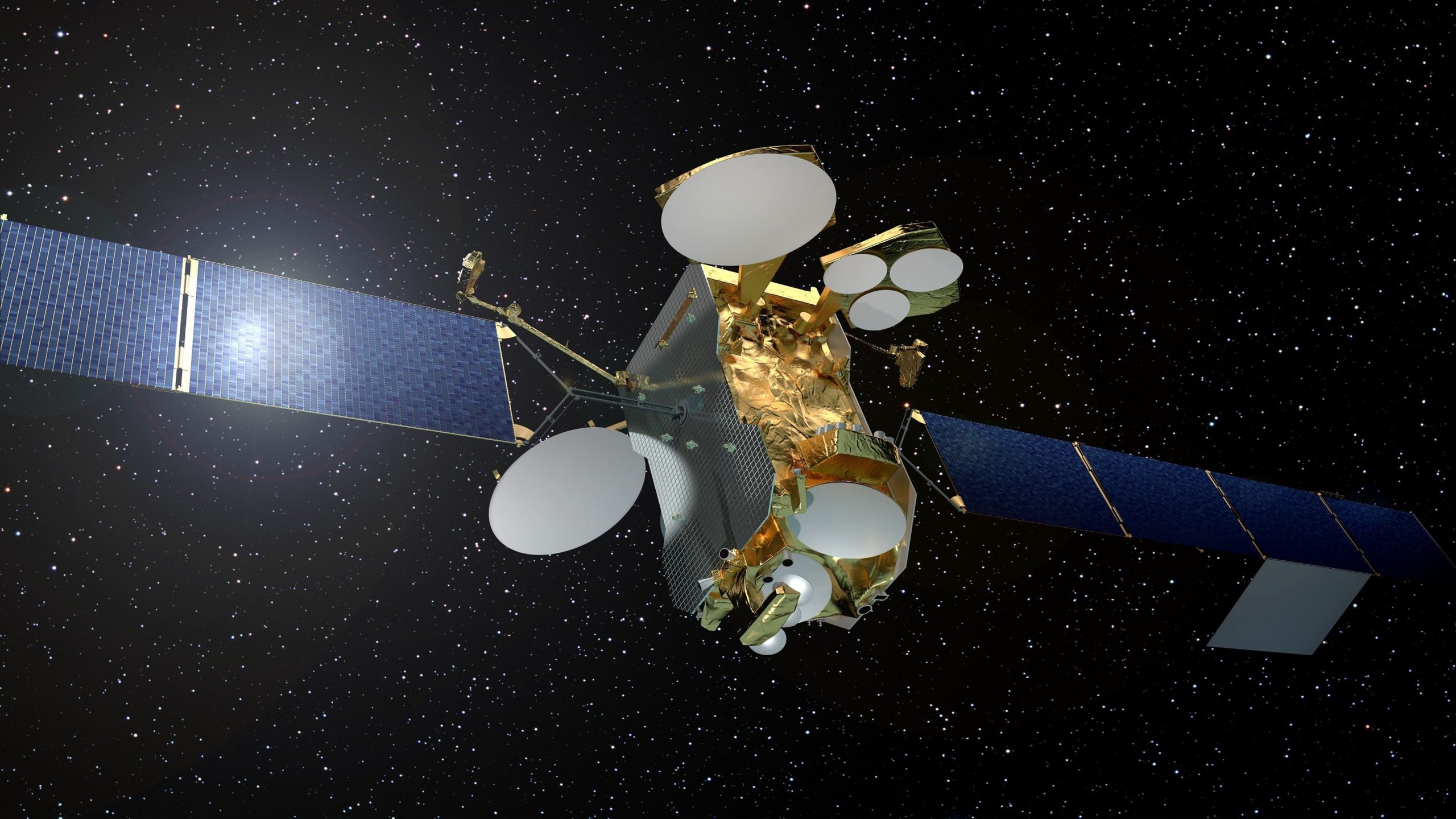PAGE CONTENTS
Objectives
The use of electric propulsion for orbit-raising is a key factor to reduce the cost of access to space. The counterpart is a longer Launch and Early Operations Phase (LEOP) that induces additional cost for the ground segment and the operators. Introducing on-board autonomy would allow reducing the operational cost of such long EOR.
The advent of GNSS-based navigation solutions is a major enabler of autonomous orbit determination for telecom satellites. By adding an autonomous guidance function, it is then possible to significantly enhance autonomy during transfer.
In the reference process, all the guidance tasks are performed by ground and uploaded on the spacecraft: the main objective of the activity is to design and validate innovative guidance optimization algorithms that can replace the ground-based optimization tools. The algorithms must be simpler, as the available on-board CPU is much more constrained than for a ground-based solution.

The other objectives of the study are to establish that operations costs are reduced by at least 80%, that the algorithms can run in real-time on a real processor, and that the marginal loss in optimality introduced by the on-board CPU constraint is acceptable and compensated by the expected LEOP cost reductions.
Challenges
The first main challenge is the selection and improvement of a most promising algorithmic approach among many existing optimization techniques, compatible with strict CPU constraints on one hand and complex attitude and operational constraints on the other hand.
The second main challenge is to validate the algorithm prototype in real-time in a realistic hardware environment, relying on autocoding processes to minimize the effort from concept to implementation.
System Architecture
The complete architecture of a system based on autonomous guidance for EOR involves the following major modules:
- A GNSS receiver to produce the necessary navigation inputs
- A Star-Tracker to produce the necessary attitude determination inputs
- The on-board computer, implementing the guidance algorithm, with synchronous tasks running at the same frequency as the AOCS tasks, and lower-priority tasks with a time-horizon in the order of the orbital period (this is the part where the study focus is concentrated)
- The AOCS actuators (reaction wheels), to follow the attitude profile produced by the guidance module and compensating for external and internal disturbance
- The electrical thruster(s) producing the required thrust profile
Plan
The first task involves the review of candidate algorithms, as well as the definition of a reference mission. The second task is dedicated to establishing the detailed requirements (functional, performance, software). In task 3, the candidate algorithms are selected and investigated in more detail, in order to assess feasibility and relative merit. Task 4 deals with fast prototyping of the candidate solution, based on automatic S/W generation and implementation. Task 5 is the verification and validation on the real-time test-bench, with a processor in the loop.
Current Status
The study is complete. This study has solidly established the possibility to reduce operations costs substantially for long electric-propulsion transfers, taking advantage of future GNSS capabilities. Two strategies are proposed:
- semi-autonomous guidance, largely inspired from the current ground-based approach
- or fully-autonomous guidance, with zero ground-based intervention during the autonomous phase except for health monitoring TMs and ‘check-in’ TCs.
The latter strategy was developed in detail, implemented in a representative simulation environment, for demonstrating performance and robustness. As this on-Board Guidance Function Software (OBGF-SW) prototype was developed following formal coding standards, we could then produce the flight-ready code via automatic code-generation, and verify compatibility with on-board hardware during Processor-In-the-Loop tests on a LEON3 board.
